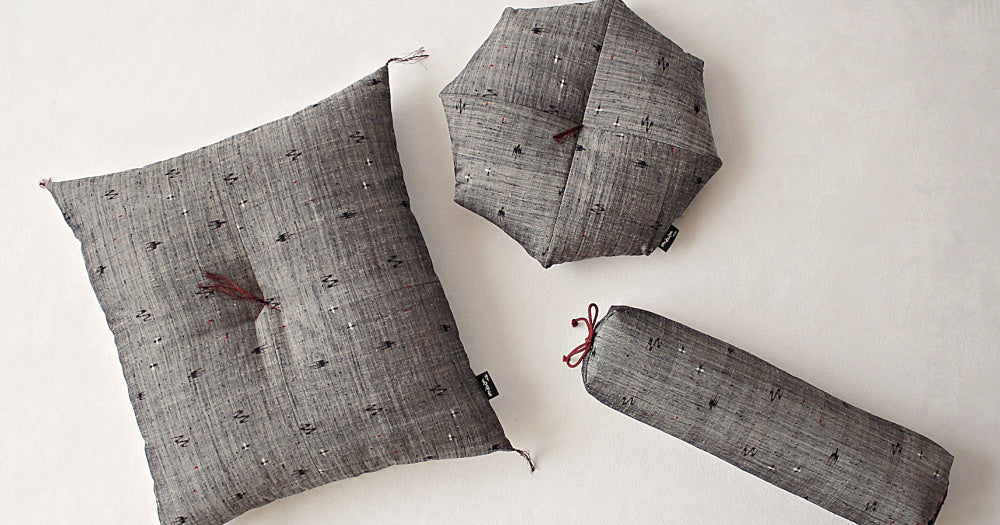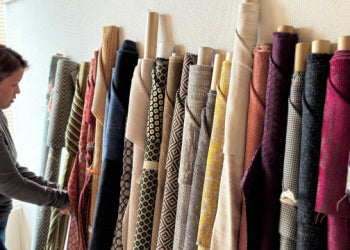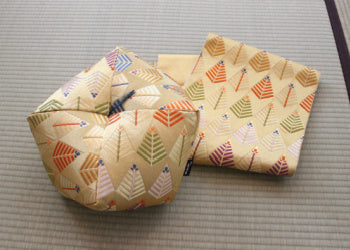

The kimonos and obi belts hold a rich history and cultural significance in Japanese society. From being just simple pieces of clothing, the kimonos and obi belts have evolve over a few centuries, to become a recognizable symbol of Japanese identity and tradition, representing elegance, beauty, and grace.
Throughout history, the practice of passing down kimonos and obi belts from one generation to the next, has become a cherished custom within Japanese culture.. This tradition not only showcases the enduring cultural value of these garments but also underscores the importance of family heritage and continuity. The act of passing down kimonos and obi belts is imbued with symbolism, signifying the transmission of cultural knowledge, family bonds, and ancestral legacy. Each garment carries within it the stories, memories, and traditions of those who have worn it before, creating a tangible connection between past, present, and future generations.
The everyday usage of kimonos and obi belts has waned significantly, and they are no longer worn as frequently in daily life. They are only donned for important ceremonies and celebrations such as weddings, tea ceremonies, summer festivals and coming-of-age rituals, to uphold and showcase a proud heritage. When not in use, many of these exquisite kimonos and obi belts are often tucked away in drawers, untouched and unseen; their beauty hidden from plain sights, with no opportunity to be appreciated for a long time.

As we often hear of such situation from our customers, it led us to conceive the idea of preserving the legacy of the kimono and obi belts by transforming their original usage to a new one, so that the beauty of these delicate garments can be admired often.
We have launched a new service, aptly named "Second Life", to repurpose beloved traditional Japanese heirloom garments, such as kimonos and obi belts, into our signature relaxing products known as Kangu. Every transformation seeks to not only honors the cultural heritage embedded in each piece of garment but also allows the owners to keep the precious memories of the kimonos and obi belt close at hand, integrating them into their daily lives.

Takaokaya's "Second Life" initiative is inspired by the Japanese concept of "Mottainai". "Mottainai" is a term that encapsulates the idea of regret over waste and reflects a deep respect for resources, both natural and cultural. It encourages mindful consumption and emphasizes the importance of cherishing and making the most of what one has.
By repurposing traditional Japanese heirloom garments into new products like Kangu, Takaokaya exemplifies the "Mottainai" spirit. Through our "Second Life" service, these precious garments get a new lease of life as they are transformed into pieces of handcrafted comfort and artistry that can be enjoyed and appreciated often in daily life.

On top of this new "Second Life" service, we believe that you will be thrilled to know that we are also launching a "Second Life" collection for Ojami cushions, featuring a diverse array of one-of-a-kind vintage obi belts today!
These vintage obi belts were curated meticulously by our team, each piece handpicked for its unique and symbolic patterns. Each obi belt can make limited pieces of our signature Ojami cushions. We hope you will enjoy exploring our "Second Life" collection, and create stunning pieces of comfort which embody the essence of Japanese tradition, craftsmanship, creativity, and the Japanese Art of Relaxation- Kutsurogi.
This is the first series of our "Second Life" Collection. We will be releasing more pieces throughout the year, so stay subscribed and follow us on Facebook or Instagram for updates.
If you would like to use our "Second Life" service to repurpose a piece of beloved fabric, email us at intl@takokaya-kyoto.com.


